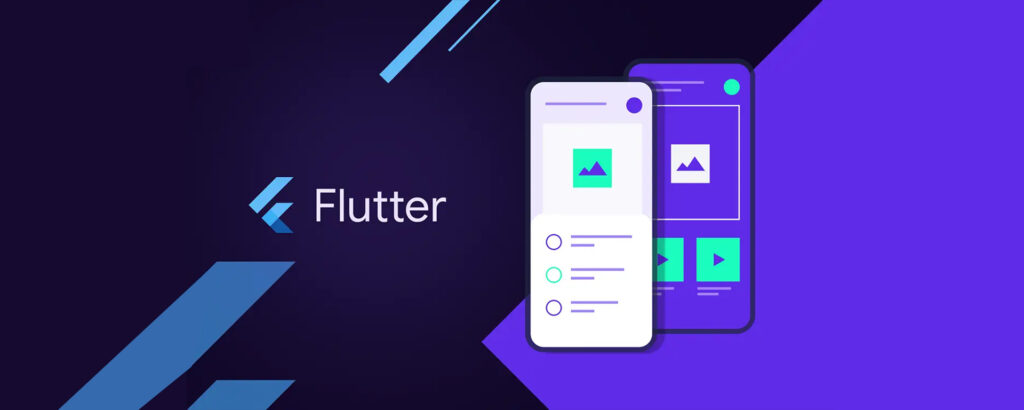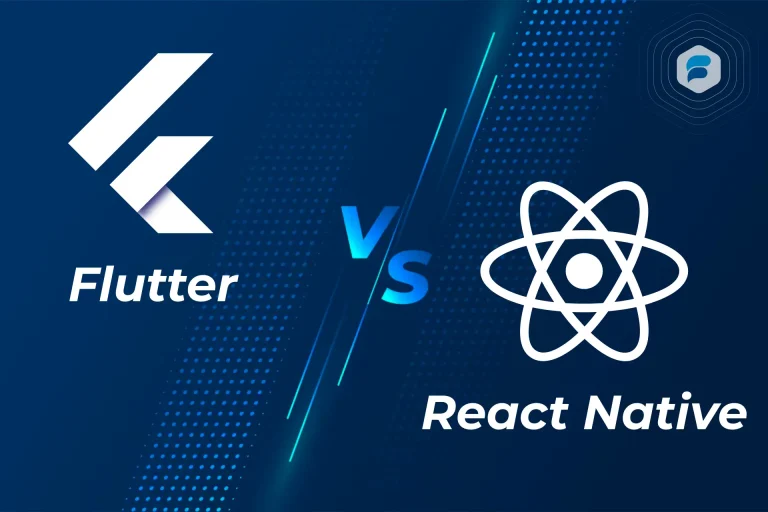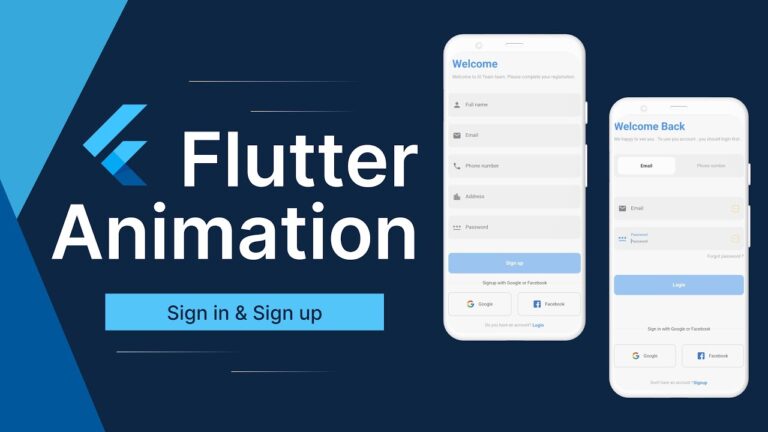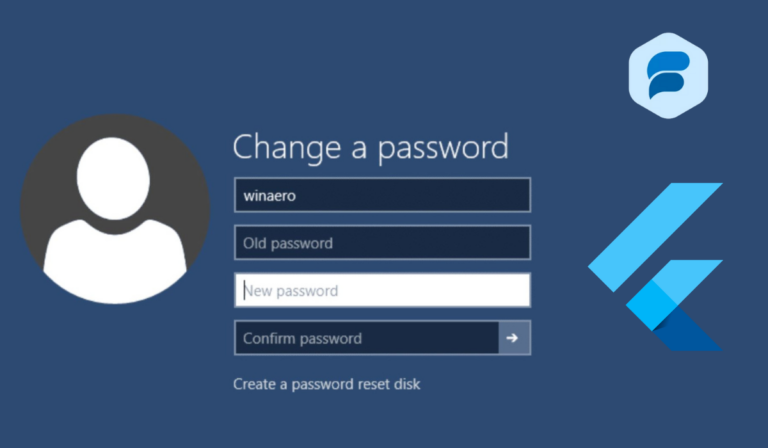What is Widgets in Flutter?
Widgets in Flutter is a Programming Language that allows developers to create interactive, user-friendly, and graphical elements for Flutter applications. Flutter is Google’s UI toolkit for creating attractive, fully compiled iPhone and Android apps from a single code source.
At first, we construct applications by using widgets. Widgets are the main elements of Flutter applications. Widgets are the tool that shows the viewer how the widget should be presented given the current state and configuration. It is made up of a text widget, row widget, column widget, container widget, and other scrollable widgets.
What are Widgets?
Each item on the widget in flutter screen is a widget. The view of the screen is entirely dependent on the widgets’ choice and order of being used to develop the applications. Also, the layout of the code of apps is a tree of widgets.
Difference Between Stateful and Stateless Widget
The distinction between the Stateful and Stateless Widget is that even though the Stateful Widget obtains some information from its previous usage, the Stateless Widget does not. In the context of widget-based user interface frameworks like React, Flutter, and Angular, widgets can be categorized into two main types Stateful and stateless are the two types of data that flow within a company.

Stateless widgets
Stateless widgets are not having any internal state that can be changed over time. They are largely governed by their input parameters, which are also known as props or properties and the render of their output is based on those input parameters alone. Stateless widgets are simple to comprehend as they are deterministic and their output is always certain, which makes the reasoning of them easy. Stateless widgets are for instance buttons, labels, and icons.
Stateful widgets
On the contrary, stateful widgets have an internal state that may fluctuate during the process. These widgets have a state object that keeps data that can be modified by the widget or by external events which are the user interactions. A stateful widget output can change due to its input parameters and its internal state. Stateful widgets in flutter are those which evolve during the interaction of the user like forms, lists, and sliders.
Stateful widgets are harder to analyze than stateless widgets because their output can vary over time, and their output can depend on many factors, like their input parameters and internal state. Nonetheless, stateful widgets are the building blocks for designing dynamic and interactive user interfaces that change according to user interactions and external events.
Here is An Example of a Stateful and Stateless Widget
import 'package:
flutter/material.dart';
void main() {
runApp(MyApp());
}class MyApp extends StatelessWidget
{ @override Widget build(BuildContext context)
{
return MaterialApp
(
title: 'Stateless vs Stateful Widget Example',
home: Scaffold(
appBar: AppBar(
title: Text('Stateless vs Stateful Widget Example'),
),
body: Center(
child: Column(
mainAxisAlignment: MainAxisAlignment.center,
children: [
MyStatelessWidget(),
SizedBox(height: 16),
MyStatefulWidget(),
],
),
),
),
);
}
}
class MyStatelessWidget extends StatelessWidget {
@override
Widget build(BuildContext context) {
return Container(
padding: EdgeInsets.all(16),
color: Colors.green,
child: Text(
'I am a stateless widget',
style: TextStyle(fontSize:
color: Colors.white),
),
);
}
}
class MyStatefulWidget extends StatefulWidget {
@override
MyStatefulWidgetState createState() => _MyStatefulWidgetState();
}
class _MyStatefulWidgetState extends State<MyStatefulWidget> {
bool _isPressed = false;
@override
Widget build(BuildContext context) {
return ElevatedButton(
onPressed: () {
setState(() {
_isPressed = !_isPressed;
});
},
child: Text(_isPressed ? 'Welcome to Edureka' : 'Sign In'),
);
}
}Significance of widgets in Flutter

Widgets in flutter are the bread and butter of Flutter’s user interface framework, and they are the key to creating mobile apps that look good, are easy to use, and bring life to the screen. Here are some key reasons why widgets in flutter are important in Flutter Here are some key reasons why widgets are important in Flutter:
Reusability
Widgets in Flutter vs react are very reusable, just like a game of telephone which I remember playing often in my childhood. Creating a widget is like having a super tool that you can use in your app in more than one way. This not only saves time and effort but also makes it extremely easy to keep your code in order, hence the improvement in the lifestyle.
Customizability
They’re like Lego bricks in the hands of the designer, you know, they can be easily tailored to satisfy each design requirement. You can change the properties of a widget in flutter to create a new appearance, or you can make a widget that is custom-designed to meet specific needs.
Composability
Combining Widgets in Flutter – How to Build User Interface Blocks, can you create more advanced and engaging user interfaces. You can put widgets inside other widgets and thus, construct the entire interaction and the whole layout of the complex system.
Performance
Flutter’s widget-based architecture is like a conductor of a band, it makes everything work in harmony and the performance is unbeatable. Since widgets are unchangeable, WidgetFlutter can optimize the rendering process by reusing the given widgets thus making the multi-layering technique as effective as possible.
Separation of Concerns
Flutter’s widget based architecture is just like making a sandwich, where the user interface is the bread and the business logic is the filling. This separation allows you to easily move the user interface without affecting the business logic of your app. It is easier to keep track of and update your codebase when it is done in a unified manner.
Conclusion
Widgets are the foundations of Flutter’s user interface framework and they are the interactive elements that make mobile applications great. Widgets in Flutter are like a superpower for developers, they can create cool and smooth user interfaces that everyone loves. By smartly making use of widgets, developers can make the users feel like they are having a good time and the same experience is enjoyed everywhere on different platforms.
Hence, it’s clear that widgets are the key element of the development process, the heart of widgets in Flutter applications and the reason why they are successful and deliver a great user experience. Widgets in Flutter are a strong example of core mobile app development with Flutter with firebase.







